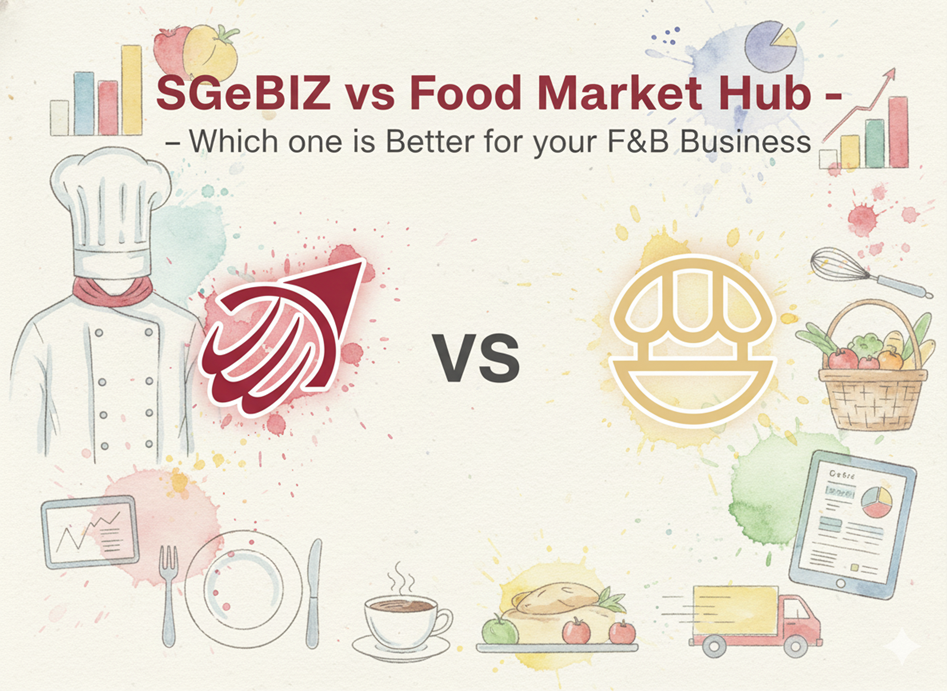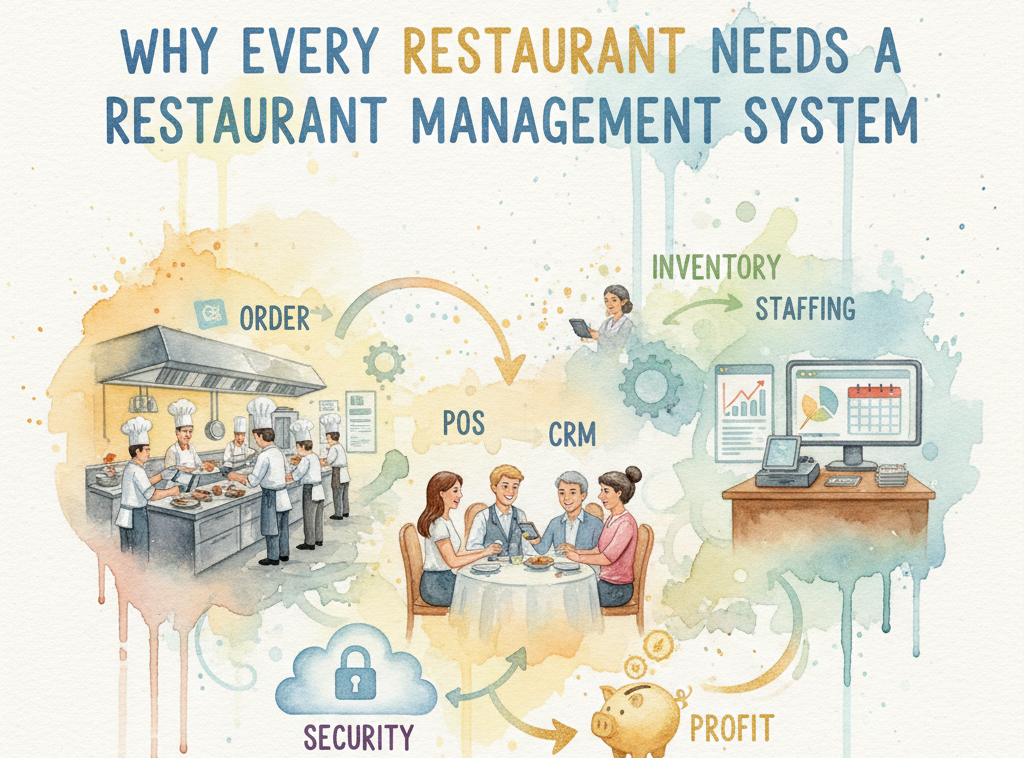How Manual Inventory Tracking Can Slow Down Your Business Growth
It's no secret that running a restaurant is time-consuming and hard work. As the business grows, so does the workload—particularly when it comes to inventory management. If you're relying on manual tracking methods, you may be severely limiting your growth potential.
From manually creating invoices to computing stock levels and running regular audits—all of this adds up to hours of wasted time and effort that could be used more profitably elsewhere.
It's time to step up your game and make sure your manual methods are no longer holding back your business growth. This article will explain why manual tracking can slow down your growth, and how modern inventory management systems can change all that.
Why Manual Inventory Tracking Is Not Suitable for Restaurant Businesses
Do you know why manual inventory tracking is a bad idea for restaurant businesses? Let's dive into the details—if you're still using manual inventory tracking, it can affect your business growth in many different ways.
For starters, manual admin work related to inventory, such as invoice creation, stock calculation, and regular stock audit, is incredibly time-consuming. It can take up to hours per week depending on the size of your restaurant. Not only that, but managing an inventory manually may require additional staff for the purpose, which can increase your operating costs.
Additionally, unless you have a good system in place for tracking your storage locations and product movements all the time, it will be nearly impossible to know how much of each item you have in stock. As a result, this can cause delays in delivering orders due to inaccurate inventory levels or a lack of stock completely.
With all these factors taken into consideration, it’s clear that manual inventory tracking just isn’t suitable for restaurant businesses that are striving to achieve growth.
Time-Consuming Tasks Which Affect Business Performance
Manual inventory tracking can slow down your business growth in more ways than one. First, there’s the issue of time-consuming tasks that takes up precious hours of your time every week.
For example, manually creating invoices and doing regular stock checks eats away at your resources and can’t be used for other, more important tasks.
Plus, having to manually count stock and calculate stock levels can quickly become an overwhelming task—especially if you have a large selection of products that require additional staff to manage it all.
And don’t forget about admin work; keeping track of order histories, reconciling sales records, and writing reports all take up entire workdays when done manually. This leaves less time to focus on growing your restaurant business instead of just managing it.
How Manual Tracking Affects Staff Productivity
Manual inventory tracking also affects the productivity of your staff. With manual tracking, everything must be done manually. This means that your staff is spending valuable hours on these tasks instead of focusing on core operations.
In addition to the time-consuming manual tasks, manual tracking also requires an additional employee to manage the inventory and administrative paperwork. This extra person can be expensive, but hiring someone to manage the inventory alone is not enough – you will still need additional resources to perform regular stock audits and create invoices.
Tasks such as calculating how much stock you will need for a certain period and understanding when particular items should be reordered and how many are needed can’t be accomplished manually in an efficient manner. Relying on manual processes doesn’t assure accuracy. As a result, both costs and wastage go up when relying on manual inventory tracking processes.
Reasons Why Using Inventory Management Software Is the Way Forward
Without reliable Inventory Management Software in place, it is almost impossible to keep track of all your stock levels accurately and efficiently as you would with automation. Here are just some of the benefits that come with Inventory Management Software like Food Market Hub:
- Automation of inventory tracking - no more manual paperwork!
- Automated stock calculations at any given time - no more guesswork!
- Real-time notifications of low stock levels - never run out of products again!
- Increased accuracy in stocktaking processes - know exactly when products arrive and get sold out!
- Reduction in staff costs due to streamlining processes - save valuable time and money!
Conclusion
In conclusion, manual inventory tracking can slow down your business growth, as it can take up a lot of your employees’ time, and over time, lead to costly errors.
Switching to an automated system such as Food Market Hub offers many benefits: you can easily keep track of your stock levels, calculate costs and profits, and create invoices. Moreover, this improved visibility can help you understand what’s working and what’s not, allowing you to manage your inventory more efficiently and save both time and money. In short, investing in an automated inventory tracking system is essential for continued business growth and success.










